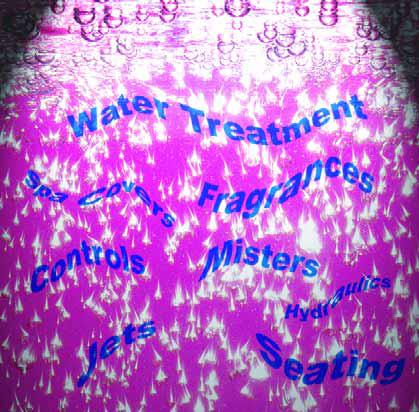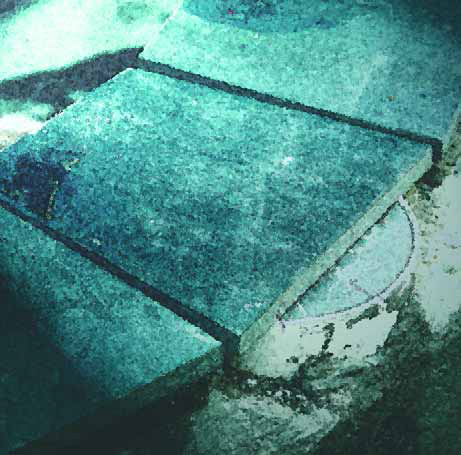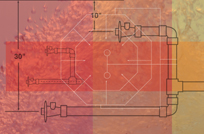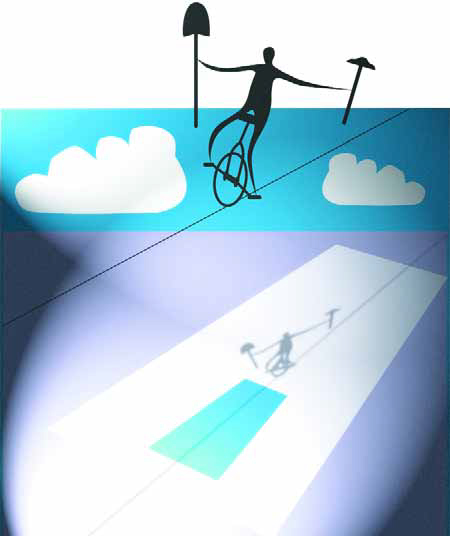Pools & Spas
Last time, we began a discussion of giving our clients the satisfying hot-water experience they crave with a review of basic design principles and coverage of a range of materials-selection issues. Translating the good on-site positioning and great materials we surveyed in February into a luxurious spa experience requires the designer to have an advanced understanding of the technology at work in hydrotherapy as well as a grasp of the spectrum of options available to drive and control hot-water systems. Before we address those key topics, however, it bears
Developing a simple, reliable swimming pool alarm system offers a remarkable range of technical challenges, observes Robert Jechart of RJE Technologies - even when your point of departure is years of experience with ultra-sophisticated military and commercial sonar technology. Here, he discusses a four-year process in which his company has addressed its goal of making watershapes safe for families with small children.
For years, we at Sunshine Pools & Spas have provided high-end, custom swimming pools to a mostly affluent clientele in and around our base in Kelowna, British Columbia. Unlike many readers of this magazine, however, we specialize in satisfying those clients with vinyl-liner rather than gunite or shotcrete pools. To be sure, pools and spas of any sort are not the first things that come to mind when you think about our area, which is closer to the Arctic Circle than it is to the Sunbelt. But many residents around here do enjoy the good life and want
Great watershaping is, we believe, all about creating forms within a context. The thoughtful watershaper will survey all the key elements of a project while conjuring a mental picture that's as close to the architect's vision as possible - and then base the work that follows on a solid understanding of both the design and the setting. It's always most exciting when we're asked to consult with the designer about a project before the lot has been graded and the ideas are still flowing onto the sketchpad. In those cases where the designer and homeowner are all the same person and those initial discussions involve the designer's own living space, the nature of this interaction can truly be something special. At Pure Water Pools, we've had such a privilege on two occasions, both in working with Lynn Pries, a Newport Beach, Calif.-based interior designer who has spent much of her career creating high-end residences across the United States and Europe. These days, she mostly works on one project at a time, carefully selecting and purchasing a property herself and then seeing to every design detail, inside and out, from start to finish. So far, we've built
One of my guiding principles has to do with the fact that early decisions my clients and I make about materials have a huge influence on how my watershapes ultimately are designed and built. The project we've been following through the past few issues is a perfect case in point: The choice of the bluestone coping and of the one-inch glass mosaic tile for the pool's and spa's interiors started the wheels turning and definitely drove the early stages of the design process. As I've mentioned before, this project and its unforeseen problems (as well as clients who were at times unsure of exactly what
Since time immemorial, humans have sought out warm water for purposes of pleasure, bathing, relaxation and healing. That's a great thing for modern watershapers, almost all of whom are steadily asked to design swimming pools with attached spas or to set up stand-alone inground spas or to find ways to make portable spas work as part of a landscape or deck setting. I'd argue that hot water is even more important to contemporary lifestyles than it was to the Assyrians, Greeks or Romans of antiquity, given the stresses of modern life and the fact that we seem to have more of the leisure time required to enjoy a
We live in a wonderful era of creative development in a variety of watershaping trades and are truly blessed, it seems, with an ever-expanding generation of talented artists and a sense that our most dynamic creations are yet to be built. For all of this forward momentum, however, I find myself surprised and dismayed all too often by the lack of creativity that goes into our work below the water's surface. To my eyes, pool and spa interiors in particular are simply bland and boring. I'm oppressed by six-inch waterline tile surmounting a field of
Surge tanks may end up being out of sight, notes hydraulics expert Steve Gutai, but they should never be out of mind as you strive for efficiency and reliability in setting up water-in-transit systems that call for their use. While proper sizing, selection, placement and plumbing are all relatively simple, he adds, bringing them together in just the right way is crucial when it comes to the success of these dynamic installations. In many ways, installing a surge tank is simple. If you get it right, all will be well. As is the case with so many watershape systems, however, getting it wrong can lead to
Change can be both exciting and terrifying. In my experience, the biggest changes often come with the potential for tremendous rewards, but also with significant risk. During the past two years, such change has come for our company in the form of an all-encompassing transformation that has involved every aspect of the way we do business. We've gone from trying to mass-produce affordable swimming pools and hardscape designs (and fighting for every dime we made along the way) to building only high-end, custom projects where we never compromise on quality - and make generous
Last time, I described a series of unfortunate revelations that complicated the early stages of an elaborate pool renovation project in Malibu, Calif. By the time all of those enormous structural issues had been addressed, the pool project had been on hold for about six months. When we finally returned to the site to resume our work, we were greeted by a "courtyard" that was basically a neat, seven-foot-deep hole surrounded by a beautiful home in one of the most exclusive neighborhoods in the country. Although the most significant of the troubles were now behind us, the tasks that followed were far from simple. In the intervening six months, my clients had






















